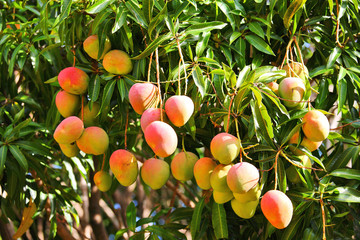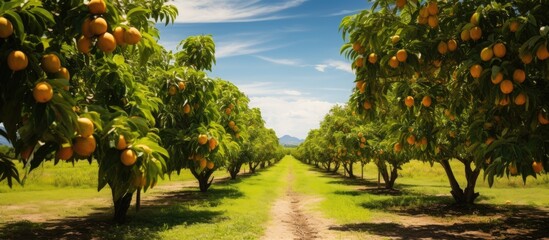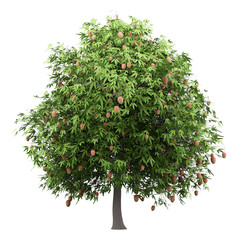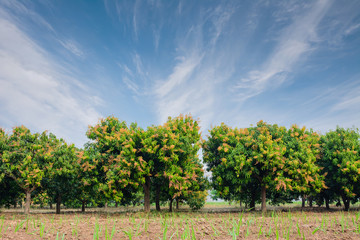



"Explore Trees, Discover Nature. " -Fr.Principal




Mangos are typically 8–12 centimetres (3–5 inches) long and greenish yellow in color. The fruits can be round, oval, heart, or kidney shaped. Mango Tree can grow up to 15–30 metres (50–100 feet) tall with a similar crown width and a trunk circumference of more than 3.7 m (12 ft).The mango is the national fruit of India, Pakistan, and the Philippines, and is the national tree of Bangladesh.
Useful Parts of the Mango Tree :
1. Mango bark: Consuming the powder of dried mango bark provides relief from diarrhea.
2. Mango gum: The gum obtained from the bark of the mango tree can be applied on cracked feet and areas affected by scabies.
1. Mango is rich in vitamins, minerals, and antioxidants, and it has been associated with many health benefits, including potential anticancer effects, as well as improved immunity and digestive and eye health.
2. The wood is used for musical instruments such as ukuleles, plywood and low-cost furniture.
3. Mango leaves have antibacterial properties that help treat bacterial skin infections such as staph Infections and skin burns.
4. The bark of the mango tree is one of the most useful parts of the mango tree. Consuming the powder of dried mango bark can help provide relief from diarrhea.
5. The highly beneficial flowers of the mango tree are considered useful in diabetes.